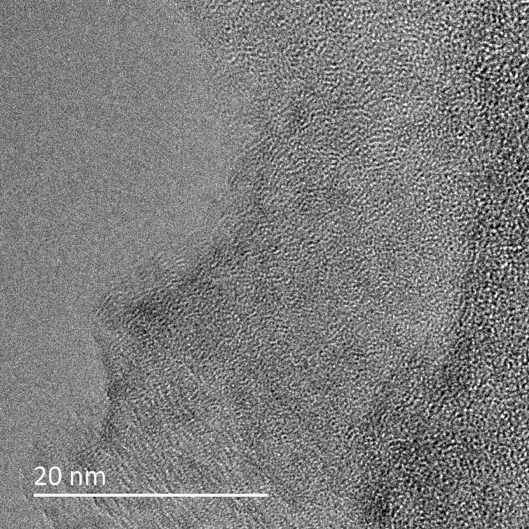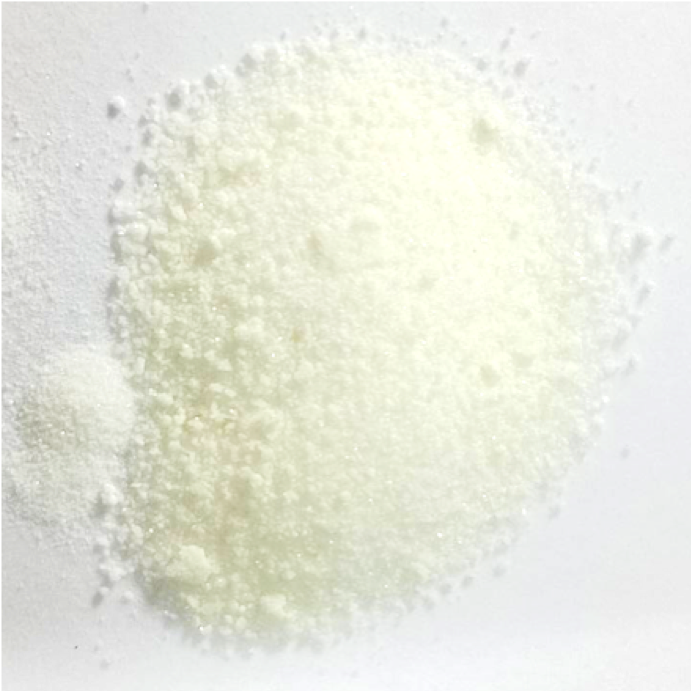-
New Materials: Graphyne Series
Dec 05, 2019 | ACS MATERIAL LLCCarbon is the most fundamental building block of life on earth. Its various hybridized states and unique structure enables diverse bonding with nearly all other elements. In addition, carbon has numerous allotropes, more than any other element and more are being discovered all the time. More specifically, 2-D allotropes of carbon are revolutionizing nanoscience at every level. The search is on for 2-D carbon allotropes with high stability, increased surface area, and intriguing properties that allow for high directional electrical conductivity as well as use in a wide range of optical, electrical and mechanical applications.
Many of these exciting new nanomaterials currently exist only in theoretical computer simulations. One of these is graphyne. Graphyne was proposed in 1987 as part of a deeper exploration into new forms of carbon, but to date, only molecular fragments have been produced. Nevertheless, researchers agree that graphyne holds exciting promise for innovations in transistors, nanofillers, semiconductors, and desalinators, just to name a few.

What Would Graphyne Look Like?
Graphynes are planar sheets of carbon atoms joined together in varying combinations of double and triple hybridized bonds. Acetylene bonds take the place of the carbon-carbon bonds present in graphene. Graphyne is theorized to take many forms, but the basic structure always consists of acetylene bonds and benzene rings that create hexagonal structures, rectangular structures, and structures that look like triangles, all depending upon the ratio of sp2 to sp3 bonds. The most common graphyne configuration is thought to be an arrangement of 12 carbon atoms in a closed-loop, termed γ-graphyne.
What Are the Properties of Graphyne?
At this point, the precise properties of the different graphyne structures are unknown. However, it’s expected to have electronic and semiconducting properties similar to graphene. One configuration, 6,6,12-graphyne (or δ-graphyne), is particularly exciting as its symmetrical rectangular structure has the potential for Dirac cones over the double and triple bonds. The symmetry of the structure could allow a one-way flow of electrons in a specific, defined direction, making it ideal for transistors and nanoelectronics. The following properties have also been theorized:
-
Graphyne ribbons with finite widths having band gaps in the semiconductor range.
-
The band gap of infinite sheets of graphyne responding to mechanical strain. For example, a tensile strain increases the band gap, and a compressive strain reduces the band gap.
-
Adsorbing metals onto graphyne has also been shown to change graphyne’s behavior. For example, adsorbing chromium and iron makes graphyne a spin-polarized metal.
-
The dielectric function for graphyne is a function of the energy adsorbed for an electric field perpendicular and parallel to a graphyne sheet, making it possible to use graphyne in optical sensing applications where directionality is key.

The Graphyne Series from ACS Material
Graphdiyne is a variant of graphyne that has been successfully synthesized. It contains two acetylene linkages in each unit, doubling the length of the carbon chains that connect each hexagonal ring. As a result, graphdiyne does not have the same mechanical properties of graphyne; it is much less rigid. However, it is an excellent semiconductor in theory and in practice. It promises to surpass the limits of electron speed present in silicon-based transistors.
There are two materials currently available within ACS Material’s graphyne series. Graphdiyne powder and graphdiyne monomer HEB-TMS have received increasing attention for application in the fields of helium chemical and isotopic separation, water filtration and purification, two-dimensional membrane, sensors, and field-effect transistors, and in developing faster transistors and nanoscale electronic devices.
ACS Material is your source for innovative, high-quality nanomaterials. For prices and specific product details and specifications, please see our website or contact our team.
Related ACS Material Products:
-